Road bike pedals - Which clipless pedals suit you best?
Road bike pedals are an important part of your racing bike. In the past lots of road cyclists used toe clips, which are basket pedals which you secure with straps. These days pretty much all road cyclists ride with clipless pedals, also called cleat pedals. But there you get quite a range of different types and brands. In this blog we'll explain the advantages of cleat pedals, as well as the differences between brands. And we'll throw in a little bike history lesson too!
Why have clipless pedals on your road bike?
With cleat pedals your bike shoe is clipped onto the pedal. As a result you can both push and pull through the entire pedal stroke, which improves efficiency and power transfer. You also have more control over your bike, allowing you to correct more quickly.
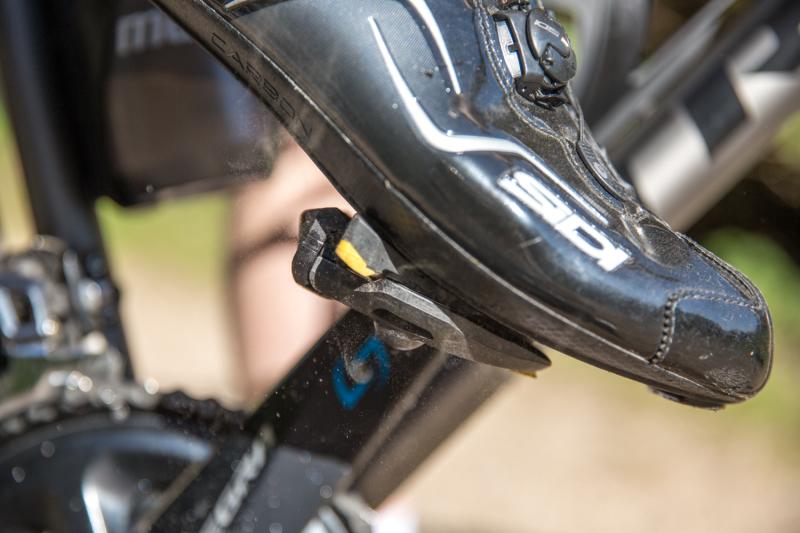
The history of cleat (or clipless) pedals
In 1984 Look introduced the first clipless pedals. It quickly became clear that these pedals had a lot of advantages over the standard toe clips that riders had been using up until then. Pro peletons therefore quickly switched to cleat pedals, and many amateurs followed suit.
Shimano followed in 1990 with their SPD pedals. This clipless system looked very much like the system you see today on most mountain bike pedals. Lots of road cyclists had a need for a larger pedal surface area which, for example, the Look pedals already had. Shimano therefore took this design style over, which is how SPD-SL cleats came about. SL stood for Standard Look because, at least in the beginning, they were compatible with Look pedals.
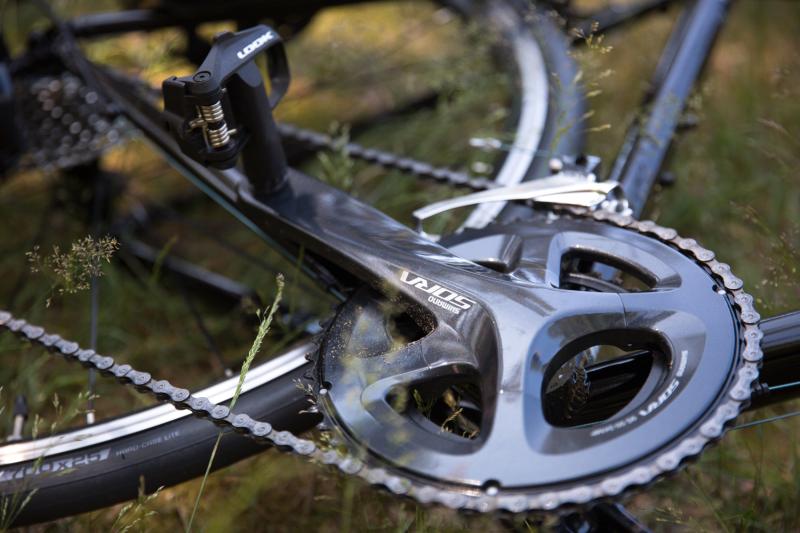
In the early 90's Californian brand Speedplay brought their own clipless pedal system onto the market.The pedal was incredibly light and had more adjustment possibilities and better play than other clipless pedal systems. Later Time brought out their own cleat pedals too. These had a 3-sided cleat like that of Look and Shimano. To that Time added more adjustment options and better play.
Road bike pedals for different levels
Clipless road bike pedals have a wide price range. From road bike pedals for beginners at around 40 Euro, to pedals that can easily cost up to 300 Euro. Are more expensive pedals always better? Yes and no. It depends on what you want out of them. Road bike clipless pedals in the higher price segment have sealed bearings so, as a result, the bearings suffer less wear and last longer. Higher end clipless pedals also are more often made from carbon or composite, which makes them stiffer and lighter. The stiffness is relevant to power transfer. Basically, the stiffer the pedal the better the power transfer, which means you can use your energy more efficiently to go faster.
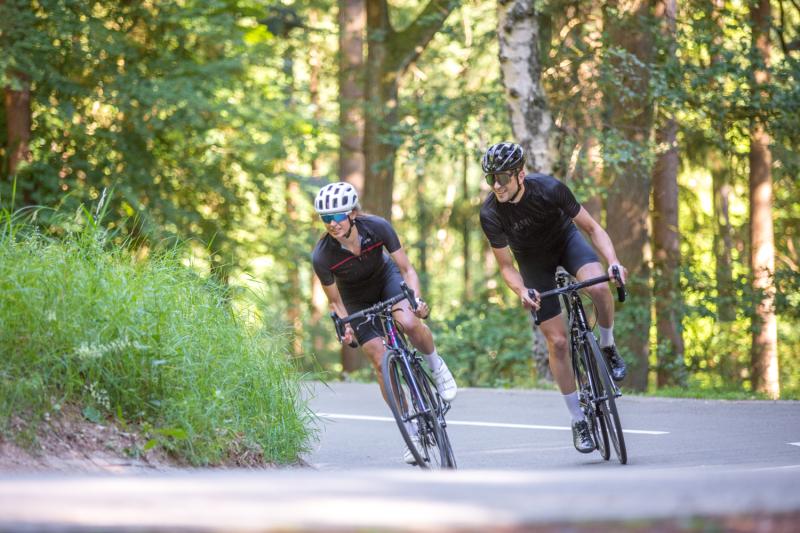
Shimano road bike pedals
Shimano’s SPD-SL pedals have a big surface area, which makes the power transfer excellent. These pedals also stand out in terms of their durability and ease-of-use. Shimano has a wide range of pedals. So you have the R550 beginners pedals which are easy to clip in to, but there are also SPD-SL pedals at 105, Ultegra and Dura Ace level. As mentioned earlier, pedals in the higher price segment are lighter, stiffer and are sealed to better protect the bearings.
What all these pedals have in common is that you can easily clip in and the contact area is large. In addition to that, all these pedals feature the possibility of setting the tension, which means that you decide how much power is required to clip out of them.
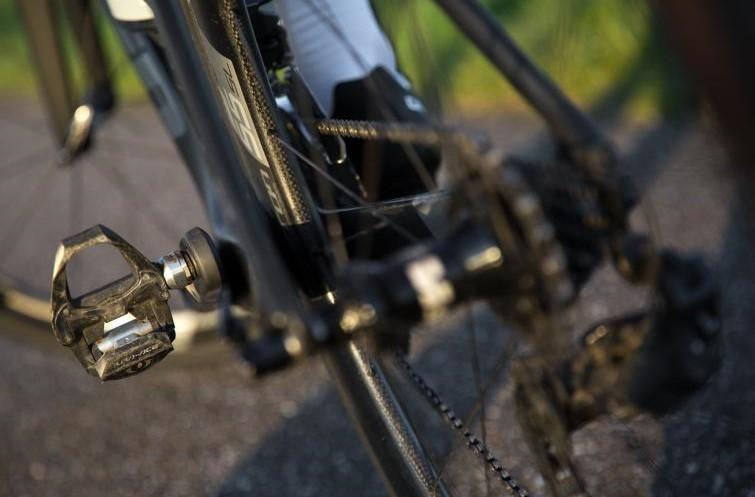
The bearings in Shimano road pedals are well sealed, so they last longer. Even in lower price segments the bearings are relatively well sealed. Finally, three different cleat types offer different degrees of play. In our blog about Shimano cleats you can read more about which of these cleat types is best for you.
A disadvantage of Shimano pedals is that they're relatively heavy, so you'll be carrying more weight up the mountain than you would with other cleat pedals. The Shimano pedals also offer fewer possibilities in terms of adjustment and degrees of play than, for example,
Time or Speedplay pedals do. For some riders that means that their knees can't adopt a natural position on the bike, which can lead to injury.
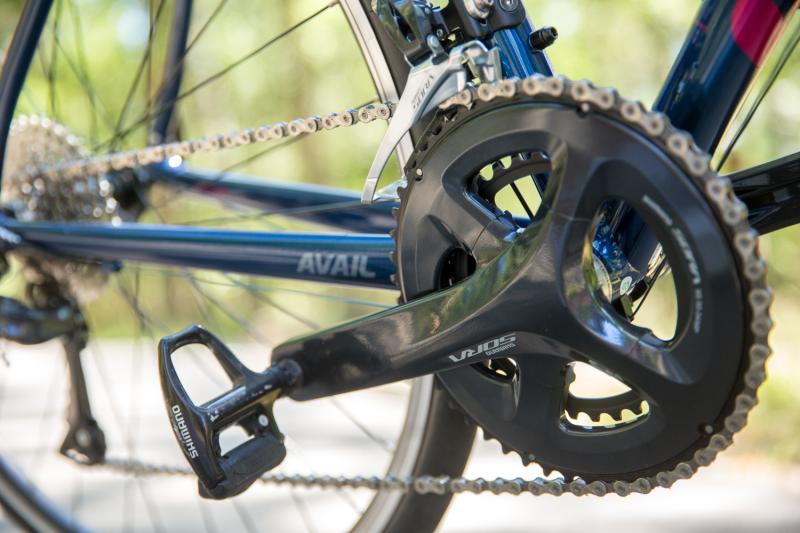
Look road bike pedals
Look road bike pedals are light, have good power transfer and are easy to use. The brand has three different lines: Look Keo Classic pedals, Look Keo Classic pedals and Look Keo Blade pedals.
The Look Keo Classic pedals are specially designed for novice road cyclists. With these pedals it's easy to clip in and out, which is pretty handy when you're not used to riding clipped in. You can also set the tension, so that you determine how easy (or difficult) it is to clip out.
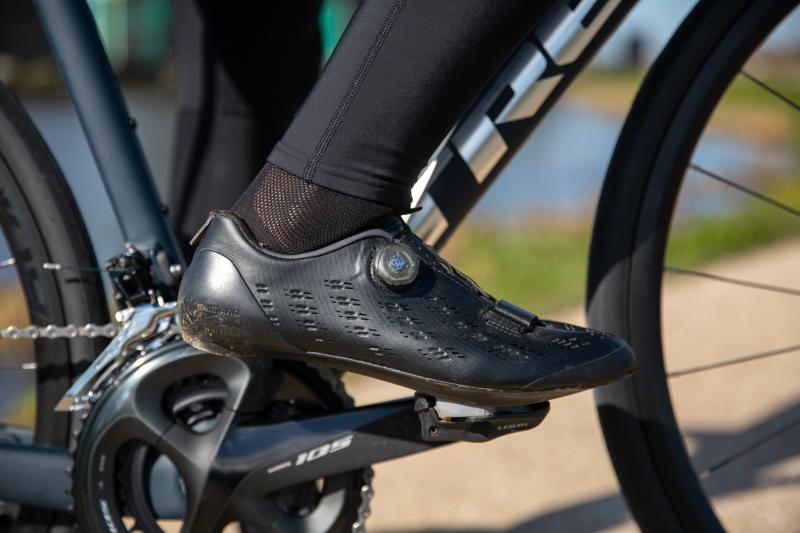
The Look Keo 2 Max pedals are intended for cyclists who cover long distances and who spend a lot of time in the saddle. They offer more play, a bigger contact area and have adjustable tension. As a result they're still comfortable even after 3 hours in the saddle. There's a reason why you often see these pedals in pro peletons.
The Look Keo Blade pedals are made for performance oriented cyclists and race-winning riders. With these pedals you're more tightly clipped in and the tension is set with a carbon spring. These pedals are entirely made of carbon, which makes them light weight and stiffer, which improves the power transfer. Basically everything about the design of these pedals is oriented towards the goal of going faster!
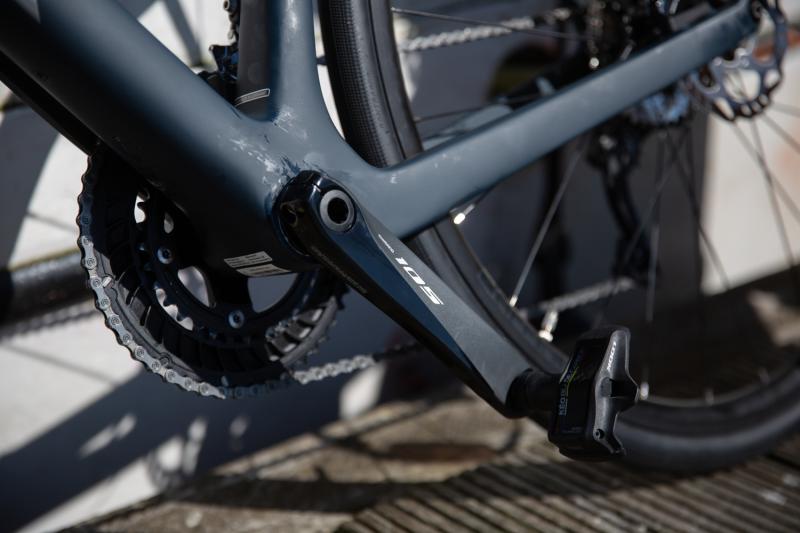
A disadvantage of Look pedals is that the cleats wear pretty quickly. The bearings also aren't as well sealed as Shimano's, which makes the Look pedals sensitive to water. With Look Keo Blade pedals another disadvantage is that the tension can't be set, it can only be changed by replacing the spring. That costs time and is not nearly as easy as just turning a screw, as one does with Shimano pedals. The Look Keo Blades offer very little play, which means the cleat positioning needs to be super accurate.
Time road bike pedals
Time road pedals are light, are easy to use, and have good adjustment possibilities and play. Because of this, these pedals are well suited to riders who have knee trouble as well as for those who want to have as accurate a bike set up as possible.
Time uses the Bioposition concept, which is based on the idea that clipless pedals should always provide adequate play for the knee to adopt a natural position. Once clipped into these pedals you have a lot of play. In addition to that, you can also change the position of the pedals' platform, so that they are at the right angle for you. Clipping in is also easy and you can adjust the tension with a carbon spring.
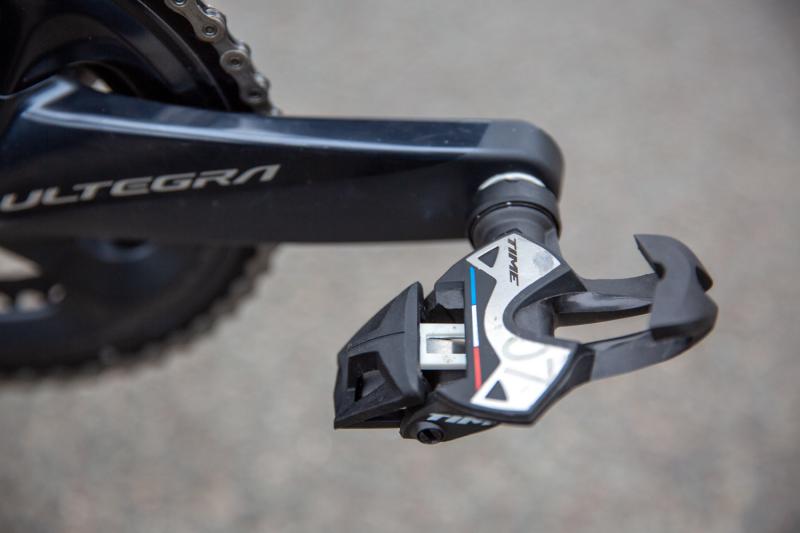
A disadvantage of Time clipless pedals is that the cleats wear pretty quickly, so they need replacing more often. The bearings also aren't as well sealed as they are on Shimano pedals, which makes them more sensitive to damage from dirt and water.
Speedplay road pedals
Speedplay pedals are light, have extensive adjustment options, and can be clipped in to from either side (so it doesn't matter which way up the pedal is). With these pedals the clipless system is housed in the cleats on the shoes. The cleats are larger, which provides a bigger contact area. As a result you don't as quickly get a numb feeling in your feet on longer rides.
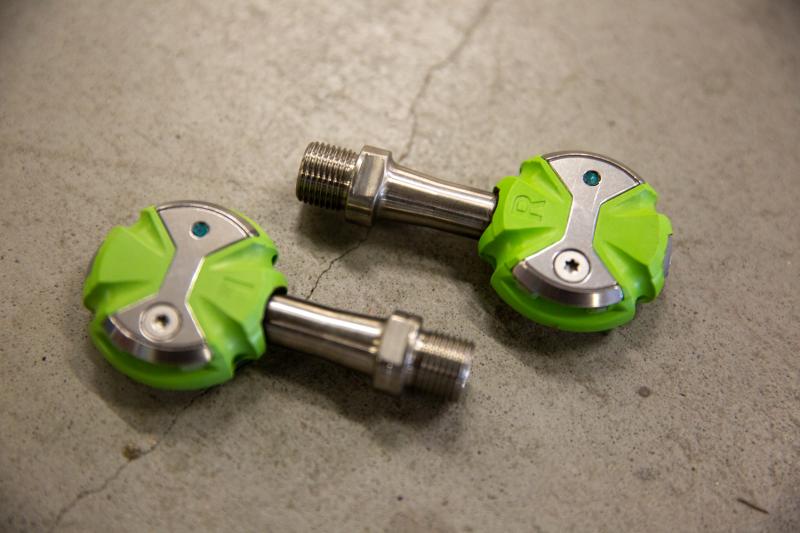
Speedplay clipless pedals and cleats can be set up so that you decide exactly at which point your foot clips out. You can also set the position in which your foot should be while riding. Because of this these pedals are really recommended for riders who have sensitive knees. You can clip in on both sides, which means no more fumbling to find the correct side of your pedal when the traffic light turns green. Finally, the power transfer is brilliant and the larger contact area ensures that you are less likely to suffer from tingling feet.
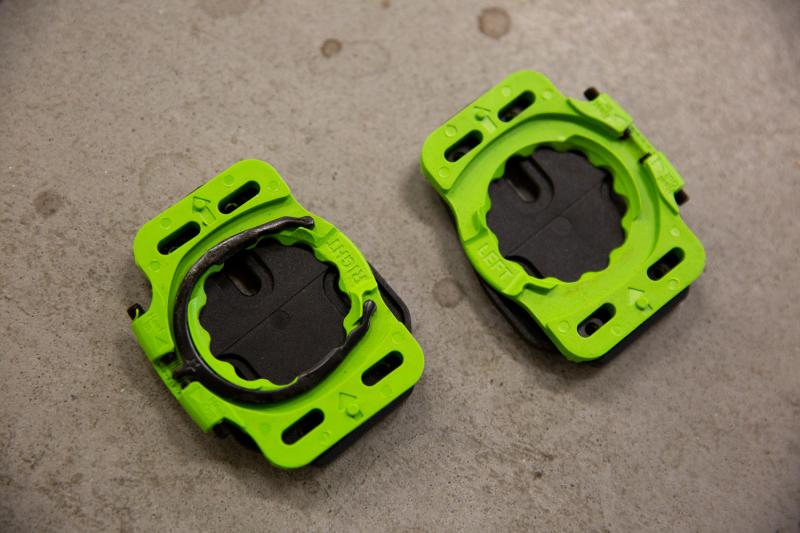
The disadvantage of Speedplay clipless pedals is that the clipless system wears more quickly if you use it without the walkable cleats. Luckily you can easily order the walkable cleats. Then you just have to remember to put them on under your shoes when you get off your bike. You also need to regularly re-grease the axle in the clipless mechanism with a Speedplay grease pump or, if you can't get that, use a syringe with a synthetic, waterproof grease. Don't use thin viscosity grease, spray lube, PTFE or oil, it'll damage your bearings.
Mountain bike pedals on your road bike
A considerable number of road cyclists choose to ride clipless pedals that are actually designed for mountain bikes. The advantage of MTB pedals is that clipping in and out is easy, and ease of use is high. Mountain bike cleats are somewhat smaller and so are worked into the sole of the shoe. That makes it easier to walk on them, which is useful at coffee stops. If you have a mountain bike and a road bike, then you only need one pair of bike shoes for both bikes.
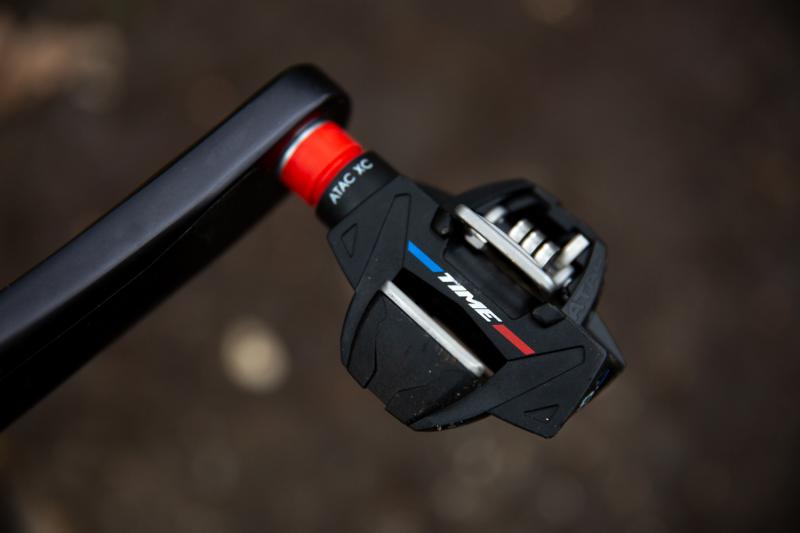
Road cycling with mountain bike pedals certainly has its disadvantages too. The biggest disadvantage is that the pedal contact area is smaller than on road pedals. As a result you're more likely to get a numb or tingling sensation in your foot on longer rides.
A second disadvantage of mountain bike pedals is that they unclip relatively easily. If you mostly cycle at the same tempo, it won't be too much of a problem. In a full sprint or if you pull hard on the pedals your foot could come loose.
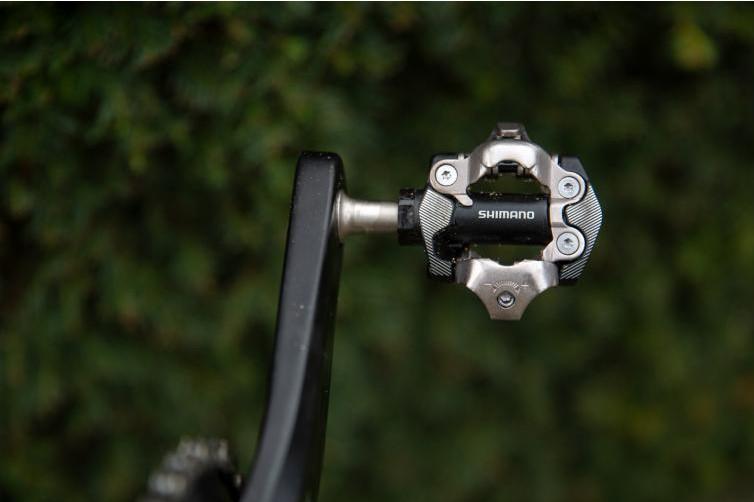
Personally I would recommend using road pedals on a road bike and MTB pedals on an MTB, gravel or cyclocross bike. For commuting mountain bike pedals can also be handy. But then you usually maintain a constant speed and don't put down all-out sprints, unless you're late!
Hidde Hendriksen
I ride and cross on the Veluwe near our main office. I use my Trek Emonda SL6 road bike and my Focus crosser, and I like to go as fast and as comfortable as possible. As a product specialist, I know what gear to use and I get to test some of it. That makes cycling even more fun!
Related posts

Winter shoes for cycling on chilly, cold and ice cold days [Buyer’s Guide]
13 December 2022You demand more from your cycling shoes during winter. Few things are as uncomfortable as riding with cold feet ...

Turbo Trainers 2018-2019 - Which Trainer Best Suits Your Needs? [Buyer’s Guide]
13 October 2022Want to cycle with and against fellow cyclists using a turbo trainer at home? Thanks to the rise of Zwift that’s ...
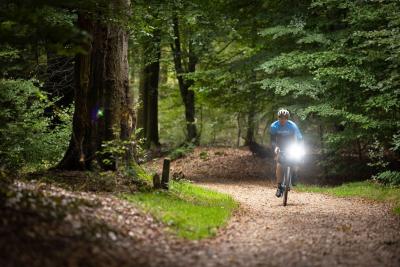
Bike Lights Buyer’s Guide 2022-23: Be safe on the road!
27 September 2022Having bike lights might be the easiest and most important way to be safe whilst cycling ...
 Nederland
Nederland België
België Deutschland
Deutschland United Kingdom
United Kingdom Finland
Finland Ireland
Ireland Luxembourg
Luxembourg Portugal
Portugal Poland
Poland Österreich
Österreich France
France España
España Italia
Italia Sverige
Sverige Danmark
Danmark

















































































































































































































































